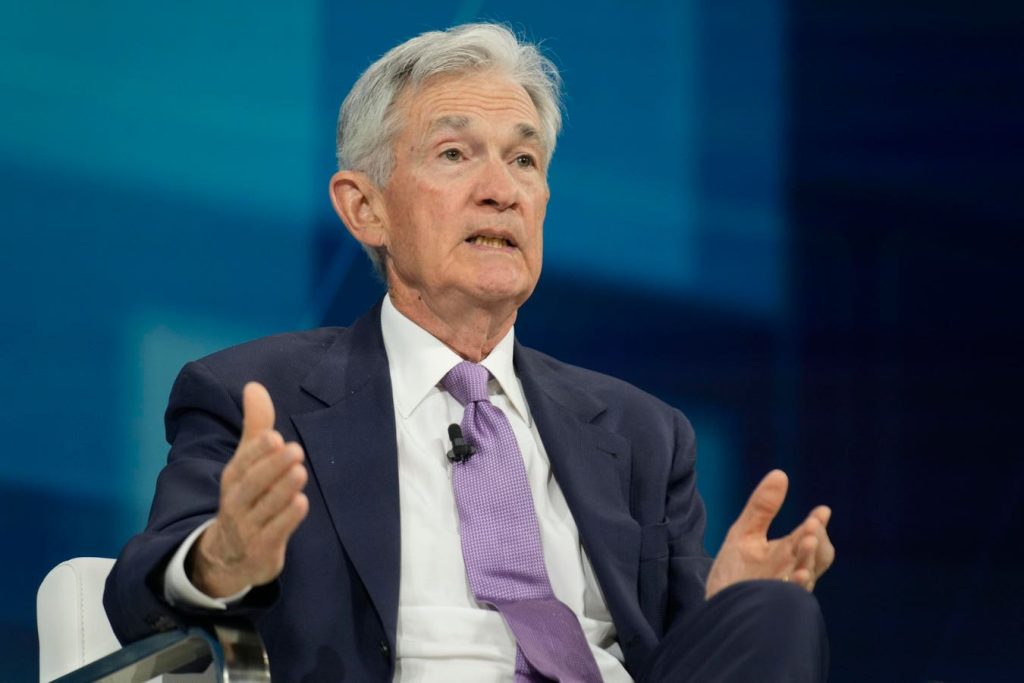The Federal Reserve’s monetary policy trajectory for 2025 is coming into sharper focus, with market expectations suggesting a more moderate pace of interest rate cuts than previously anticipated. Although the Federal Open Market Committee (FOMC) initiated a rate-cutting cycle in September 2024, and a December cut is highly probable, current market sentiment points towards only two additional cuts in 2025. This contrasts with the three or four cuts implemented in 2024, indicating a shift towards a more cautious approach.
The primary driver of this tempered outlook is the persistence of inflation. While inflationary pressures have eased from their peak, they remain stubbornly above the FOMC’s 2% annual target, hovering closer to 3%. Coupled with a resilient labor market and sustained economic growth, the FOMC faces a delicate balancing act between supporting economic activity and taming inflation. The November 2024 unemployment report, while showing a slight uptick to 4.2%, hardly signals a weakening labor market. Similarly, the robust 2.8% annualized Q3 GDP growth adds to the narrative of a healthy economy, potentially contributing to inflationary pressures.
A key factor that could influence the pace of rate cuts in 2025 is the trajectory of rental costs. Housing costs have been a significant contributor to overall inflation, and a deceleration in this sector could provide the FOMC with greater leeway to lower rates more aggressively. However, with recent CPI data showing an uptick in monthly inflation and core annual inflation remaining at 2.7% (3.3% including food and energy), the market’s anticipation of a slower pace of rate cuts appears justified.
Market expectations for the federal funds rate at the end of 2025 have also been revised upwards. Earlier projections, anticipating rates as low as 3%, have given way to a more conservative outlook, with rates now expected to remain closer to 4%. This shift aligns with the evolving economic landscape, where persistent inflation and robust economic activity suggest a less aggressive easing cycle. While the FOMC’s September 2024 projections indicated a median short-term interest rate of 3.4% for December 2025, these forecasts are due for an update at the December FOMC meeting. Given the recent economic data, market participants anticipate an upward revision of these projections.
The November economic data paint a picture of resilience. Despite the unemployment rate rising to 4.2% from the previous year’s 3.5%, the labor market remains robust, with nonfarm payrolls increasing by a healthy 227,000. This sustained strength in the labor market, combined with the healthy Q3 GDP growth, suggests that the economy is not teetering on the brink of recession, easing concerns that had previously fueled expectations of more aggressive rate cuts. However, the continued elevation of inflation, as evidenced by the November CPI and PPI reports, presents a countervailing force, prompting the FOMC to proceed cautiously with monetary easing.
In summary, the outlook for interest rates in 2025 has shifted towards a more moderate path of decline. While rate cuts are still anticipated, the pace and magnitude are expected to be less aggressive than previously envisioned. This change in outlook is driven by a combination of factors: persistently high inflation, a robust labor market, and sustained economic growth. While the FOMC’s ultimate decisions will depend on the evolving economic landscape, the current market sentiment suggests a more cautious approach, prioritizing the fight against inflation while supporting economic activity. The trajectory of rental costs will be a crucial variable to watch, as a deceleration in this sector could provide the FOMC with greater flexibility to lower rates. However, for now, the balance of evidence suggests a more gradual easing cycle in 2025.










